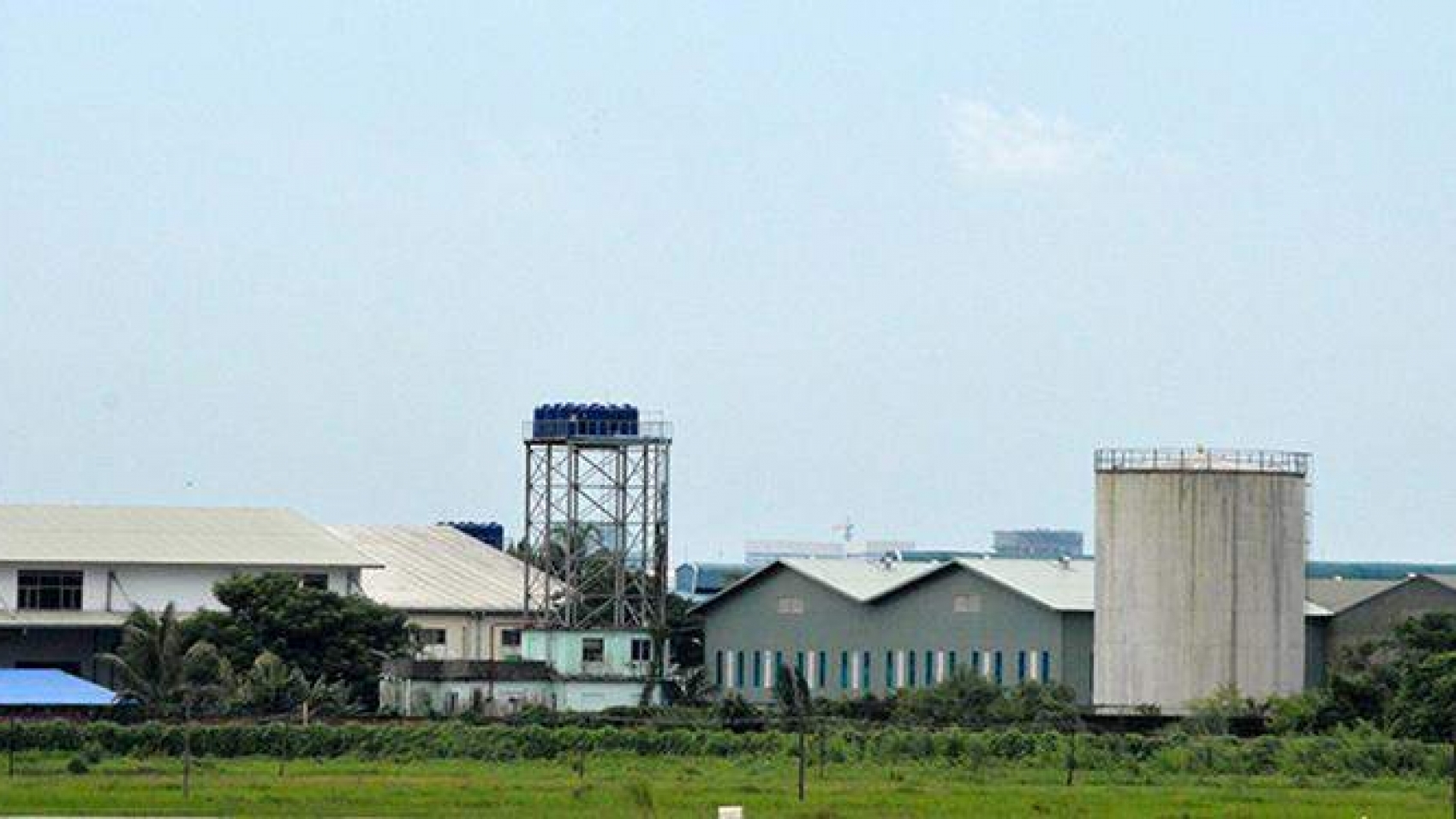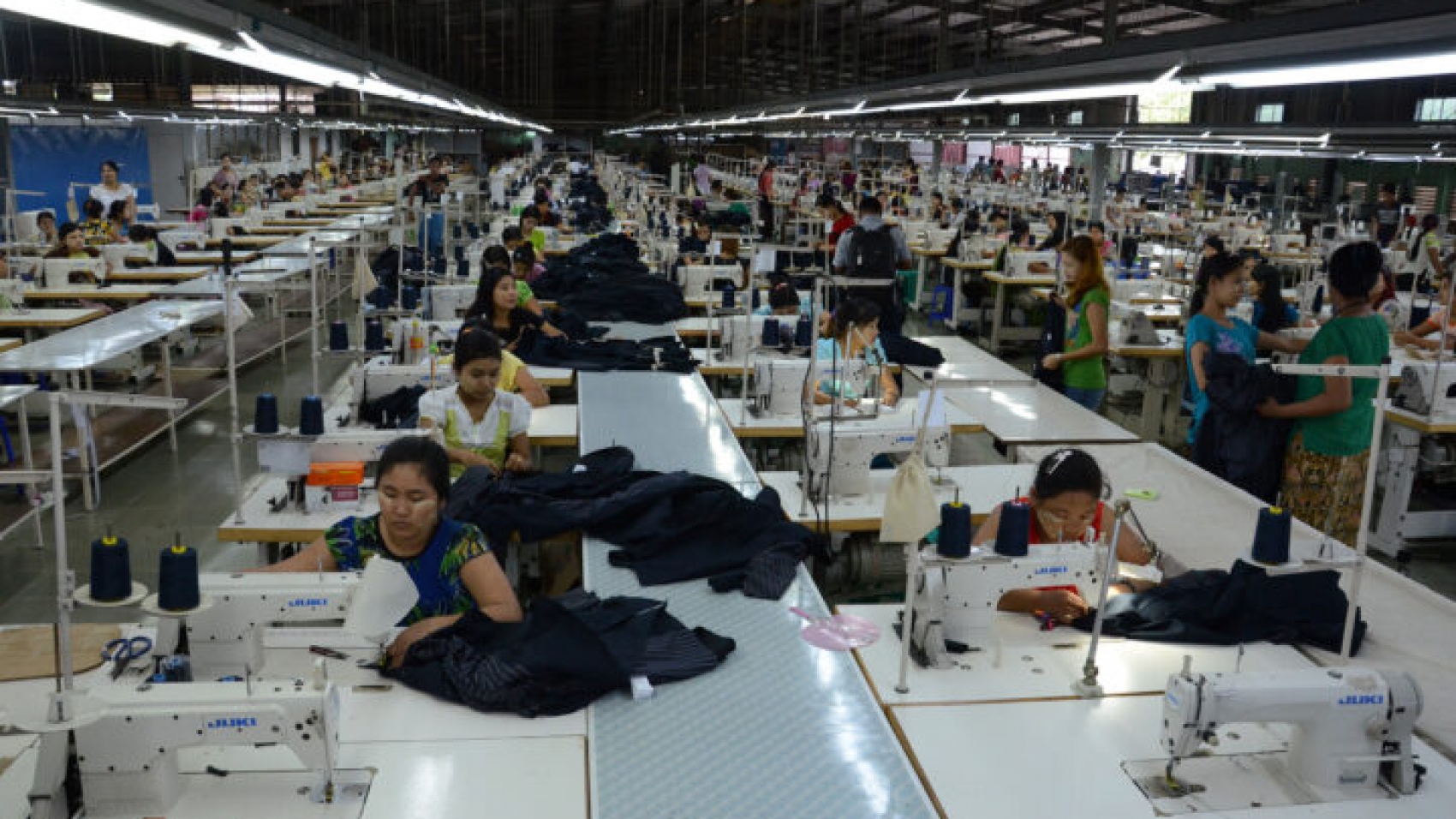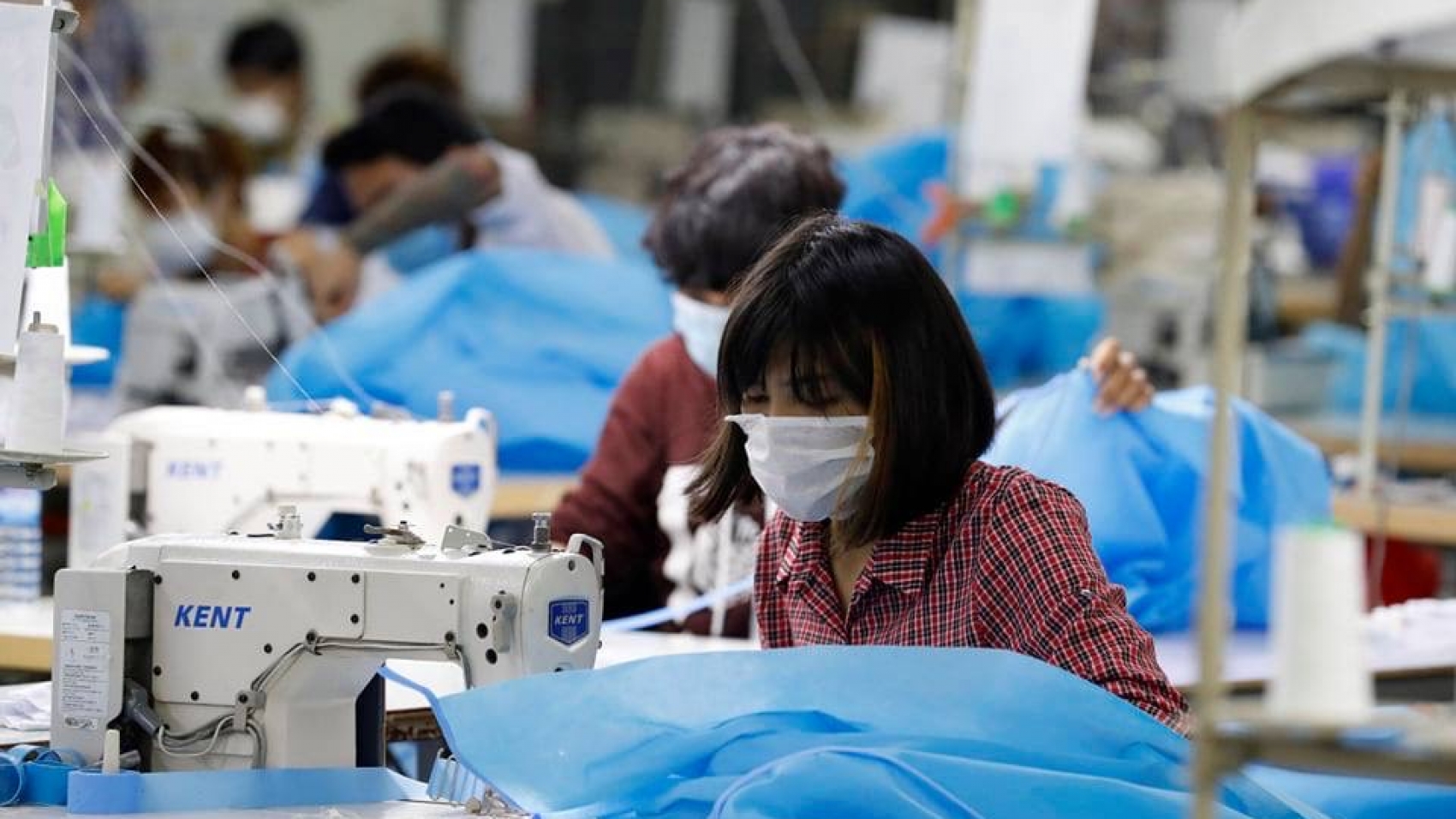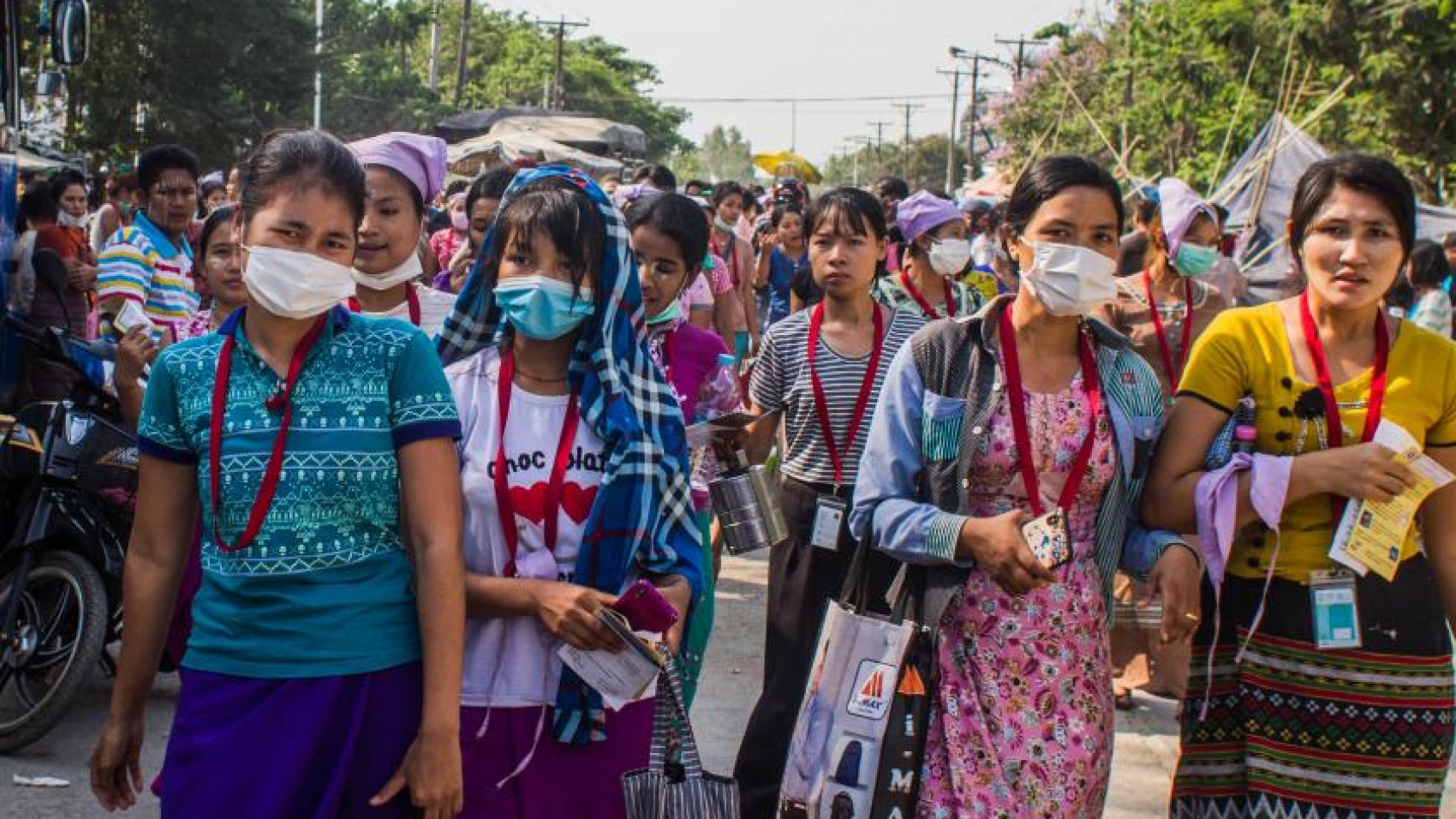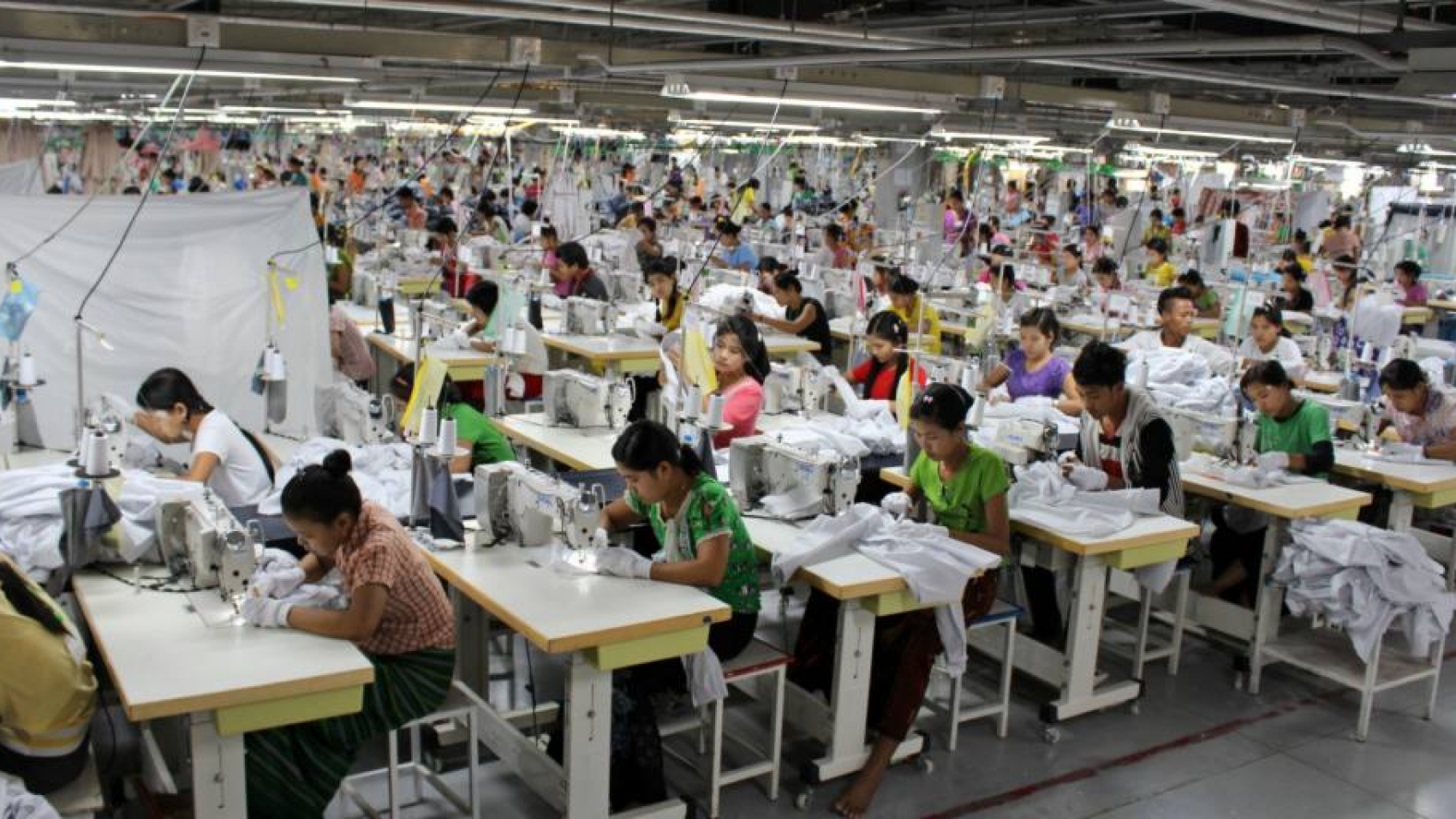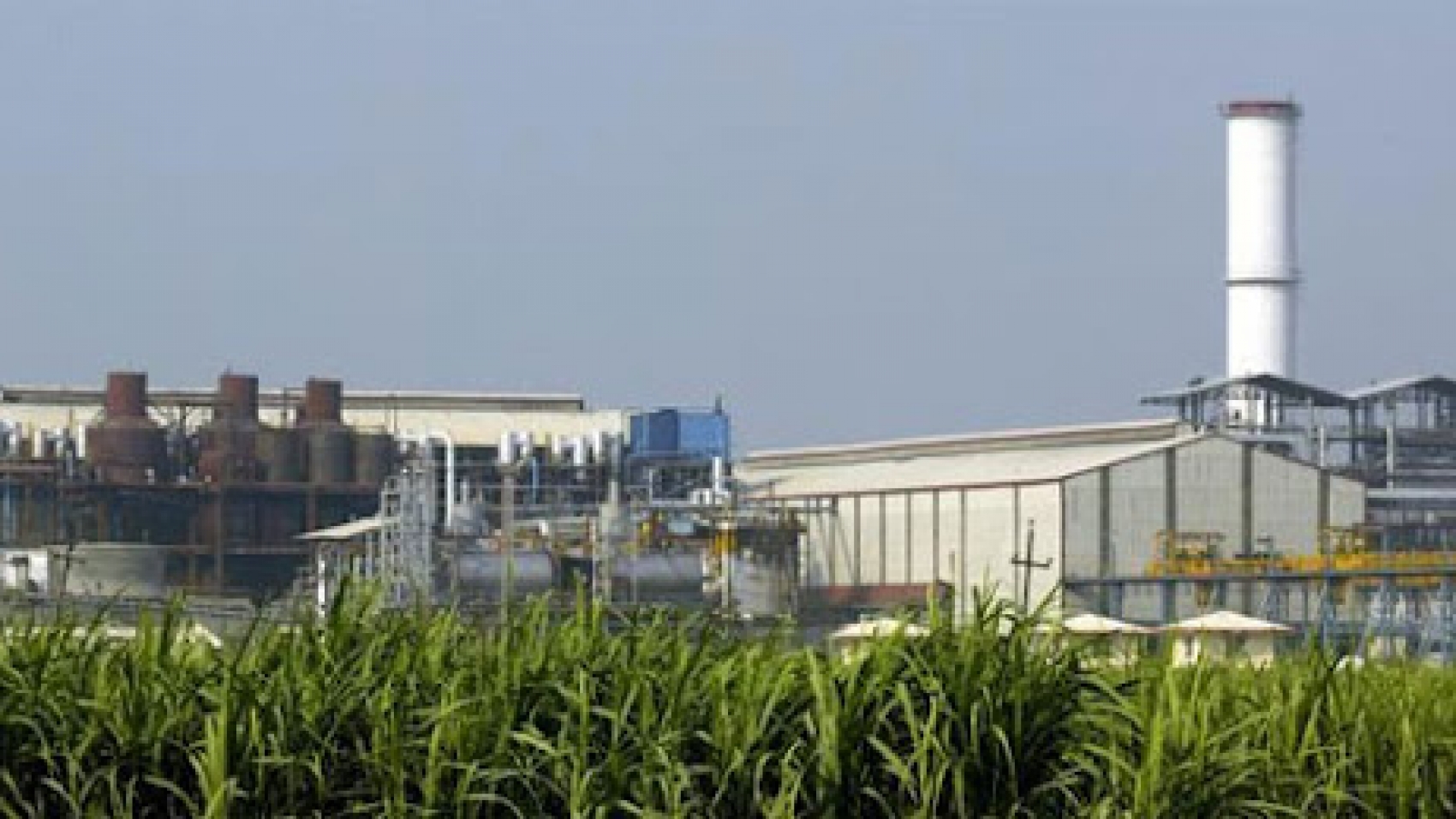Only the manufacturing sector attracted foreign direct investment in April 2022 of the 2022-2023 financial year, as per the statistics released by the Directorate of Investment and Company Administration (DICA).
Four enterprises from China and Hong Kong SAR put an estimated capital of US$5.99 million into the manufacturing sector last month. Manufacturing enterprises and businesses that need a large labour force are prioritized to create job opportunities for the local community, according to the Myanmar Investment Commission.
Although some labour-intensive enterprises faced financial hardship amid the COVID-19 negative impacts and the political changes, the industry is now returning to normal after the COVID-19 vaccination programme for workers, as per the HIS Markit’s September report. Myanmar’s manufacturing sector is largely concentrated in garments and textiles produced on the Cutting, Making, and Packing basis, and it contributes to the country’s GDP to a certain extent. Myanmar has drawn foreign direct investment of more than $647.127 million from 49 enterprises during the October-March period.
Of them, 40 foreign enterprises put investments in the manufacturing sector, pumping the estimated capital of $202.667 million in the past mini-budget period (October 2021-March 2022). Additionally, the agriculture sector drew one project worth of $5 million. The livestock and fishery sector attracted two enterprises with investments of more than $19 million. Power, construction and hotels and tourism sectors have one new project each in the past mini-budget period and three other enterprises invested in other service sectors.
Source: The Global New Light of Myanmar

